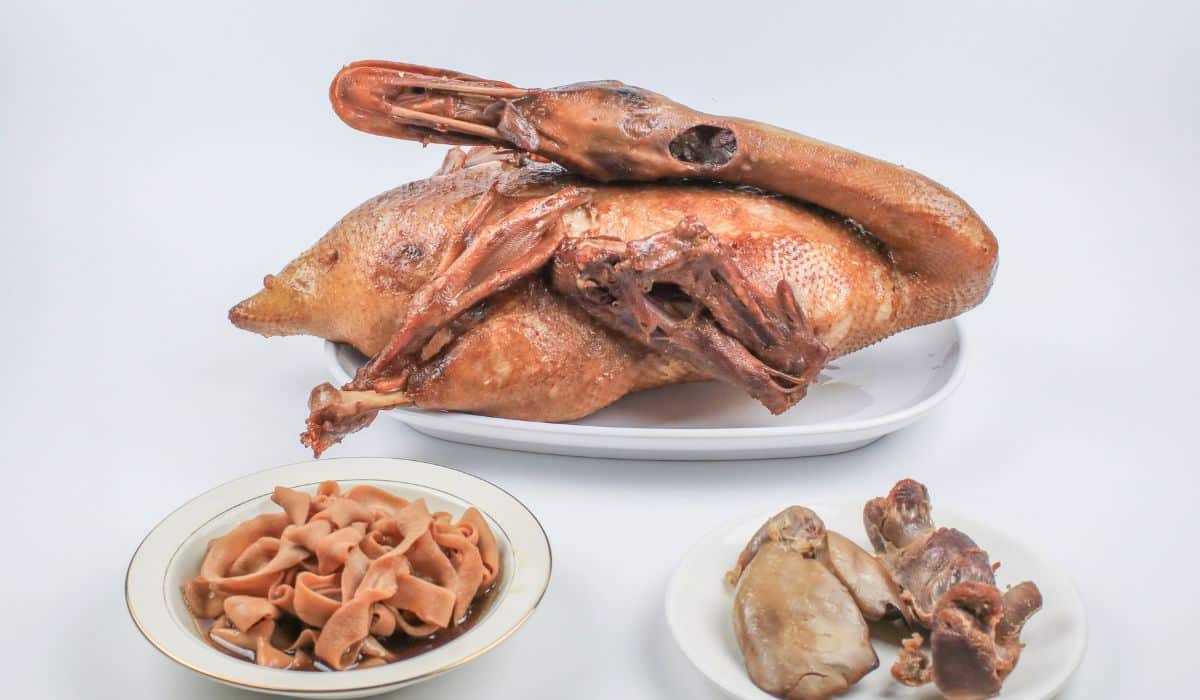
When it comes to Paleo nutrition, duck is almost as good as it gets. It has more fat than chicken or turkey, and the fat is higher in quality than other bird fats: it’s high in saturated and monounsaturated fat, but low in potentially inflammatory PUFA. A duck breast with a nice cap of fat is a boon to the high-fat, low-carb crowd, but it’s also just plain delicious for anyone who isn’t afraid of traditional animal fats. (Refresher: they don’t cause heart disease!)
On a more practical note, duck is also easier to find in stores than you might assume, and it’s not hard to cook. If you can cook a chicken, you can cook a duck. Take a look at the nutritional selling points, and then check out some recipes for trying it yourself.
Nutrition
Duck is a little bit of an anomaly in the world of meat. On the one hand, it’s technically from a bird. But it doesn’t actually fit the wheat-meat nutritional profile that most people associate with poultry.
Nutritionally, duck is a little fattier than chicken or turkey, and from a Paleo perspective, that fat is a lot healthier.
Percentage of calories from fat:
Duck Breast, skin on - 48%
Chicken Breast, skin on - 35%
Turkey Breast, skin on - 36%
Duck leg, skin on - 47%
Chicken leg, skin on - 44%
Turkey leg, skin on - 42%
Duck doesn’t just have more fat; it has better fat. The fat in duck is mostly monounsaturated (the “healthy fat” found in olive oil) and saturated fat, with much less inflammatory Omega-6 PUFA than you’ll get from chicken or turkey
Here’s the percentage breakdown of saturated (SFA), monounsaturated (MUFA) and polyunsaturated (PUFA) fat for beef, duck, chicken, and turkey fat:
Beef tallow
Saturated (SFA) - 49%
Monounsaturated (MUFA) - 41%
Polyunsaturated (PUFA) - 4%
Duck fat
Saturated (SFA) - 33%
Monounsaturated (MUFA) - 49%
Polyunsaturated (PUFA) - 13%
Chicken fat
Saturated (SFA) - 30%
Monounsaturated (MUFA) - 45%
Polyunsaturated (PUFA) - 21%
Turkey
Saturated (SFA) - 29%
Monounsaturated (MUFA) - 43%
Polyunsaturated (PUFA) - 23%
(Numbers do not add precisely to 100 because there are a few other minor types of fat.)
Duck fat is better for you by Paleo standards because it has less PUFA and more saturated and monounsaturated fat. Duck is a little bit like a halfway fat, in between the fat profiles of red meat and more typical poultry.
What if I Don’t Want Huge Amounts of Fat?
If you’re struggling to get enough fat eating Paleo, duck is a good alternative to chicken and turkey. But if you’re doing a moderate-fat or lower-fat Paleo (which is also fine!), then you can always save the fat, render it, and use it later as cooking fat in amounts that make sense for your own diet and preferences. Just cut off any hanging bits of skin or flaps of fat from the duck, and render them according to the instructions here (you may have to cook more than one duck to get an appreciable amount of fat – just store your growing fat collection in the freezer until it reaches critical mass)
Vitamins and Minerals
Moving on to the micronutrient side of things, duck can also hold its own with the best. Particularly notable nutrients include B vitamins, iron, and the antioxidant mineral selenium. Selenium is otherwise mostly available from fish and seafood, but if you’re not big on tuna and shrimp, duck can fill in that gap.
Where to Buy a Duck

Fresh ducks are hard to find in most grocery stores, but there’s a secret to finding them almost anywhere: check the freezer. Most people don’t really check the frozen meat section beyond the enormous bags of chicken breast and maybe some shrimp. That’s their loss. You can find all kinds of little treasures back there, usually including a whole duck (and sometimes also a container of duck fat, which you should absolutely snap up if you have the money, because it’s arguably even more delicious than butter).
You can also get ducks from a farmer who raises them (and who may also sell you some duck eggs - these are completely worth the higher sticker price relative to chicken eggs!)
Some grocery stores also sell just duck breasts or just duck legs. Asian markets may have a wider selection, if you’re interested in expanding your grocery game.
How to Cook a Duck
If you can cook a chicken, you can cook a duck. It’s not like a turkey, where you lug it home and then have to deal with an enormous bird demanding hours of time and attention. Ducks are small and their relatively high fat content makes them forgiving of imprecisions in cooking time.
Duck is typically associated with Asian recipes, and often paired with something spicy, sweet, or tangy to help balance the fattiness of the duck a little bit. Some ideas…
Sweet/fruit-based recipes
Spicy/Savory Recipes
- Spiced Duck Breast
- Braised Duck Legs with Vegetables
- Lavender Duck with Roasted Vegetables (The Saffron Girl)
Blank Canvas (add your own seasonings)
- Hank Shaw’s Slow-Roasted Duck (Nom Nom Paleo)
- Easy Crispy Duck Breast (Phoenix Helix)
- Cure-your-own Duck Ham (And Here we Are) - it’s easier than you think.
Another classic way to go is duck confit, which puts all that luxurious duck fat to work in service of your taste buds - and also in service of preserving the duck. In fact, it’s one of the ways people used to preserve meat before they had reliable refrigeration: just keep it safe under a thick layer of cooled fat.
Give it a Try!
Duck has a solid nutritional profile, full of healthy fat and fairly low in inflammatory PUFA. It’s particularly great for low-carbers who want a big chunk of fat with their meals, but it fits just fine into pretty much any Paleo template. If you don’t want all the fat right away in one meal, just save the fattiest bits to render into pure duck fat, and use them later for roasting vegetables.
Except for Asian cuisine, duck is uncommon enough in the US to be special, so it’s an easy way to cook something fancy or memorable without actually doing a huge amount of work.
...Plus, after cooking your first duck, you get to feel like a total apex predator every time you walk past a duck pond and see the mallards quacking away. That’s always fun.

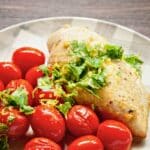
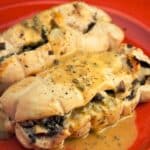
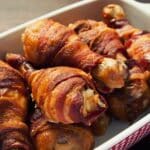
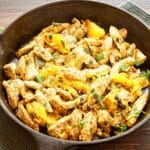
Leave a Reply